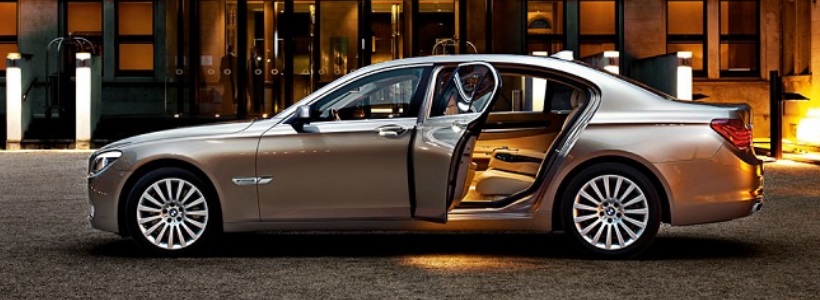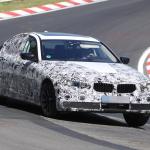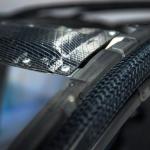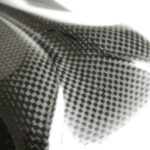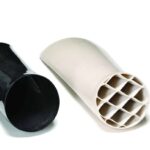The next generation of BMW’s 5 Series and 3 Series will be able to use the advanced carbonfibre and aluminium construction techniques from the forthcoming 7 Series, according to comments from senior company insiders.
The next 7 Series’ chassis mixes carbonfibre, aluminium and high-tensile steel in a manner in which, BMW claims, “no other company could produce right now”. The techniques wipe 40kg from the bare body and the use of aluminium in other key areas increases the total saving to 200kg, although extra sound deadening and safety kit reduce the net gain to 130kg.
Three types of carbonfibre are used – braided, layered and raw ‘recycled’ fabric – depending on the directional rigidity required.
BMW’s first two carbonfibre-focused production cars, the i3 and i8, were hit by early production snags as the firm struggled to stitch together a complex workflow that involves two plants in Germany, one in Japan and one in the US.
However, a senior 7 Series project insider told Autocar: “Arguably, the biggest achievement with the 7 Series is the industrialisation of these processes. We have learned many lessons from i3 and the carbonfibre components are not the limiting factor in the speed of 7 Series construction.”
Asked if this could allow the same processes to be used for smaller models, the source said: “It’s not a simple question but, in the broad sense, yes.”
Scaling up the use of the lightweight materials for the 7 Series is a solid achievement. But using them for volume models like the 3 and 5 Series will be a further challenge.
However, lightening the next versions of these cars is key to improving their fuel efficiency, allowing the use of smaller engines and fitting batteries to plug-in hybrids that allow longer electric-only running.


